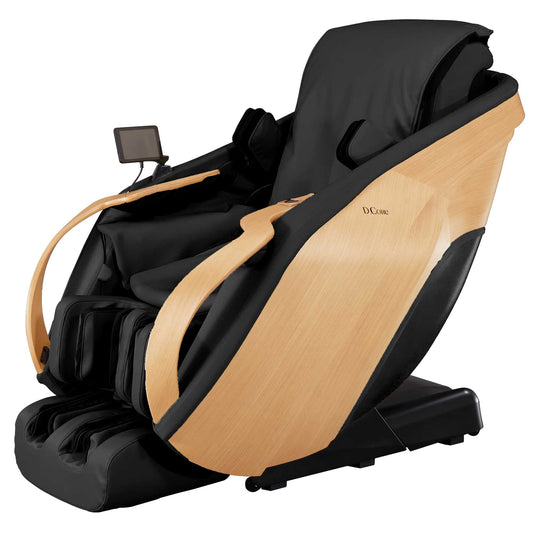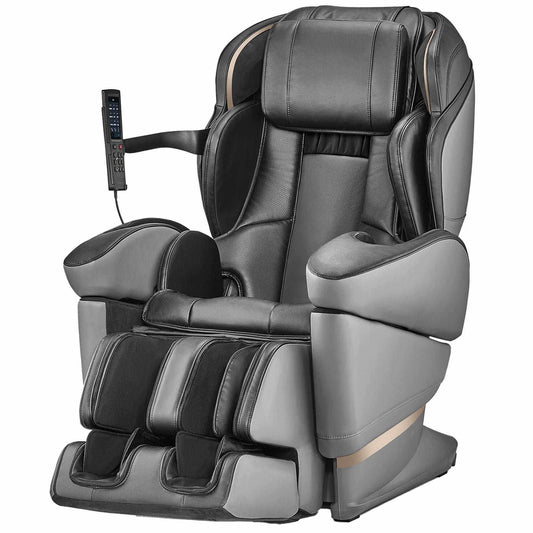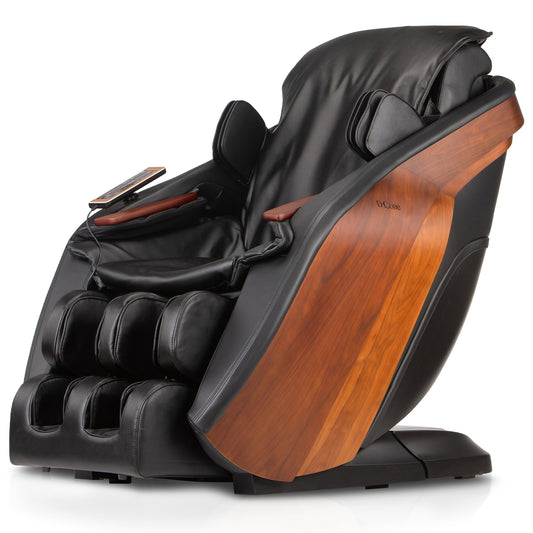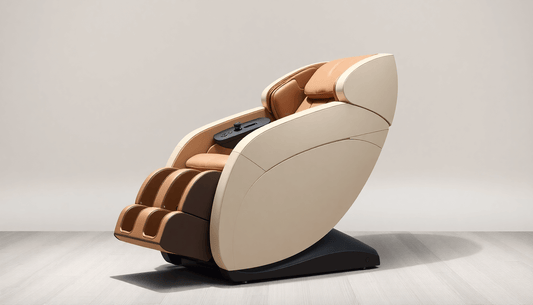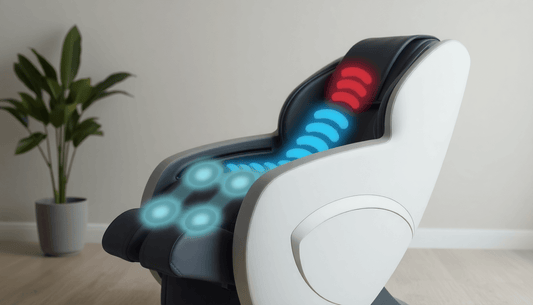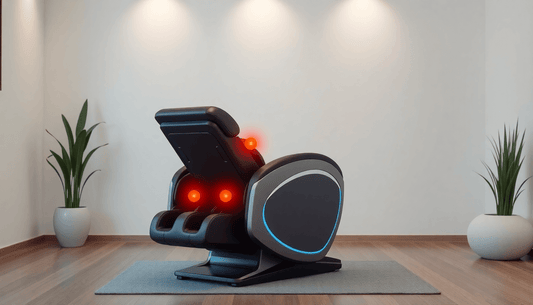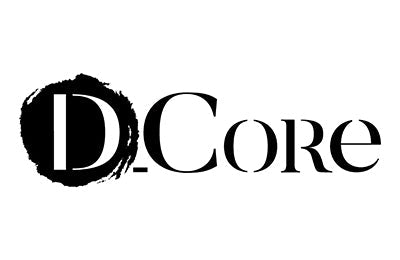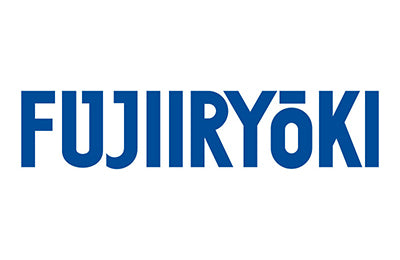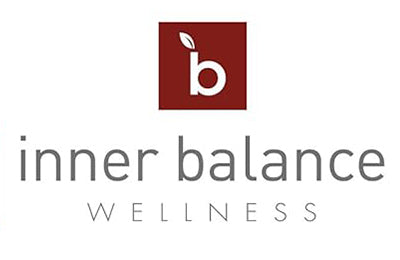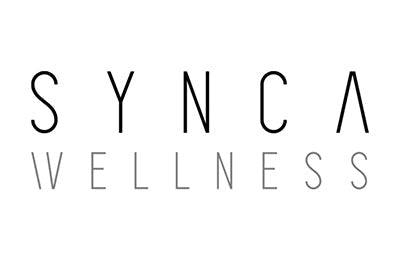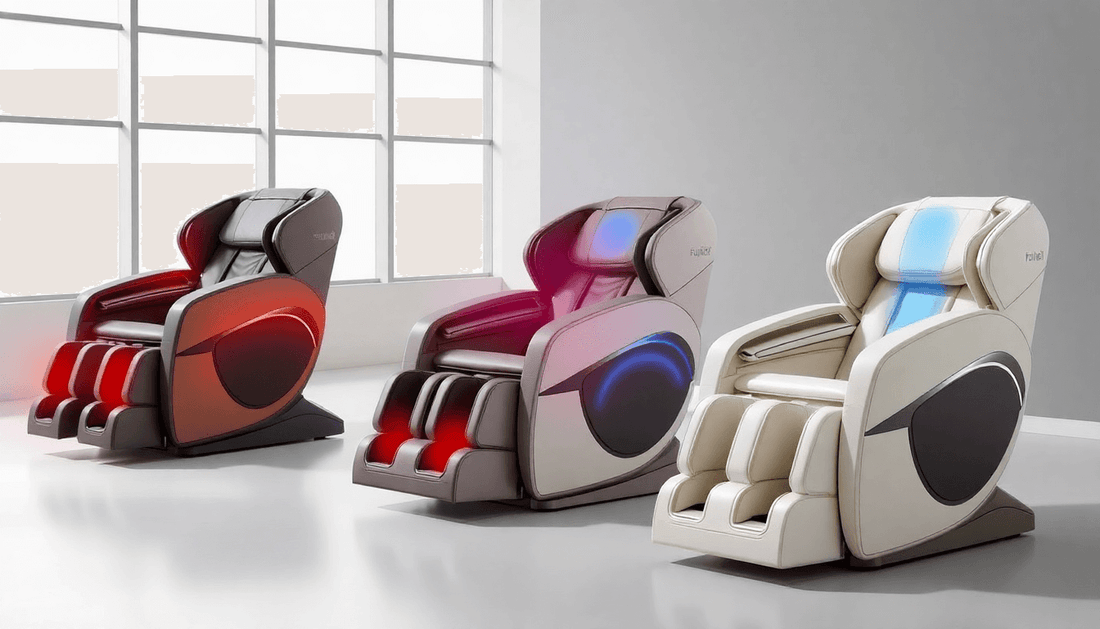
Discover the Therapeutic Benefits of Massage Chairs
Introduction
This comprehensive case study expands the four-day presentation of Fujiiryoki massage chairs — Calm Plus, Cyber Relax AI, Cyber Relax Pro, and Cyber Relax Elite — into an in-depth guide designed for users, therapists, and content creators. The goal is to deliver practical stepwise techniques, precise target-zone protocols, therapeutic benefits, safety guidance, and SEO-optimized guidance that helps readers choose the right model and extract maximum value from each session.
Why This Case Study Matters
- Provides model-specific protocols so users can apply real-world routines.
- Maps massage techniques to anatomy and therapeutic goals.
- Explains how to combine techniques programmatically for recovery, performance, relaxation, and medical adjunctive care.
- Offers evidence-informed rationale and best practices to stay safe and get results.
Quick Reference: Models, Techniques, Targets & Benefits
- Models: Calm Plus, Cyber Relax AI, Cyber Relax Pro, Cyber Relax Elite
- Techniques: Swedish, Deep Tissue, Trigger Point, Acupressure, Shiatsu, Reflexology, Kneading
- Target zones: Ankle, Back, Calf, Feet, Hands, Head, Heel, Knee, Legs, Neck, Shoulder, Thigh, Whole Body, Wrist
- Benefits: Blood Flow Control, Fatigue Relief, Flexibility Improvement, Injury Recovery, Muscle Therapy, Pain Relief, Spine Alignment, Stress Relief, Tissue Therapy
How to Read This Guide
Each model section contains a multi-step program: warm-up, target work, deep work, and cooldown. Follow the stepwise instructions or adapt them to your tolerance. The guide also includes sample session scripts, progress-tracking suggestions, contraindications, maintenance, and a buying checklist.
Anatomy Primer: Which Tissues Respond to Which Techniques
- Superficial muscles and fascia: respond best to Swedish strokes, light kneading, and vibration for circulation and relaxation.
- Deep muscles and adhesions: need slow, high-pressure Deep Tissue and Trigger Point work for remodeling and pain reduction.
- Joint-surrounding structures: require gentle mobilization, compression and passive stretching to improve range of motion without overstressing ligaments.
- Peripheral circulation zones (feet, calves, hands): respond well to rhythmic compression and reflexology for venous return and reduced swelling.
Day 1 — Calm Plus: Gentle Recovery, Circulation & Daily Stress Relief
Overview: Calm Plus is built to provide low-to-moderate intensity care with a focus on relaxation, circulation, and light tissue mobilization. Ideal for daily maintenance, older adults, or sensitive users.
Goal-Based Session Examples
- Morning energizer: 10 minutes focused on legs and feet to stimulate blood flow and wake up the body.
- Post-work decompression: 20 minutes targeting neck, shoulders, and upper back to relieve accumulated tension and improve posture.
- Evening relaxation: 25 minutes full program with extended foot reflexology and slow Swedish strokes to prepare for sleep.
Calm Plus — Stepwise Daily Protocol
- Warm-up 3–5 minutes
- Whole-body light rolling and gentle kneading to raise tissue temperature and loosen superficial fascia.
- Upper chain focus 5–8 minutes
- Neck and shoulder Swedish strokes + light acupressure to reduce trapezius hold and improve cervical mobility.
- Spinal and mid-back 5–8 minutes
- Long slow strokes along paraspinals paired with light kneading to encourage alignment and reduce muscle guarding.
- Lower limbs and feet 5–7 minutes
- Reflexology rollers and calf compression to stimulate venous return and reduce heel and ankle stiffness.
- Cooldown 2–4 minutes
- Low amplitude vibration and slow Swedish strokes to settle the autonomic nervous system.
Why Calm Plus Works
- Optimizes blood flow control through light rhythmic motions and passive calf compression.
- Reduces daily muscle fatigue and improves subjective stress and sleep quality.
- Supports mobility improvement by decreasing superficial tension and improving range at the neck and shoulders.
Day 2 — Cyber Relax AI: Smart Personalization for Targeted Relief
Overview: The Cyber Relax AI model scans and adapts to the user, identifying high-tension zones and modulating pressure in real time. It is ideal for those who want a program that learns and optimizes without manual tuning.
AI-Assisted Session Types
- Adaptive stress reset: AI scan, shoulder/neck focus, reflexology cooldown — 20 minutes.
- Recovery after hard training: emphasis on glutes, hamstrings, and calves with deep kneading and compression — 30 minutes.
- Custom pain-relief program: target trigger points identified by the AI with sustained acupressure holds — 25 minutes.
Cyber Relax AI — Stepwise Protocol with Rationale
- Auto-Scan 1–2 minutes
- Sensors map pressure points and detect asymmetry or high-tension zones, informing program selection and intensity modulation.
- Precision acupressure & shiatsu 6–8 minutes
- Sustained holds to release nodal tension, effective for referred pain and cervico-thoracic headaches.
- Deep kneading circuits 6–10 minutes
- Progressive kneading for large muscle groups to reduce tightness and enhance tissue perfusion.
- Reflexology for distal drainage 4–6 minutes
- Targeted heel and foot rollers stimulate plantar reflexes to support organ-system relaxation and venous return.
- Smart cooldown 3–5 minutes
- AI tapers intensity and weaves in slow Swedish strokes to optimize autonomic recovery and reduce post-session soreness.
Specific Targeting Examples with Cyber Relax AI
- Neck and Occiput: AI increases micro-pressure around the occipital ridge to reduce tension headaches.
- Lower Back: local deep kneading with intermittent decompression to relieve lumbar guarding while preserving comfort.
- Leg chain: synchronized calf compression and thigh kneading to speed recovery after endurance sessions.
Benefits Unique to AI Model
- Personalized pain relief that shifts with the user session-to-session.
- Improved adherence as the chair discovers optimal intensity through passive feedback loops.
- Reduced need for manual adjustments, making recovery more accessible for all users.
Day 3 — Cyber Relax Pro: Deep Tissue, Trigger Point Therapy & Athletic Rehabilitation
Overview: Cyber Relax Pro is engineered for deliberate, higher-intensity work. This model is suited for athletes, physical therapy adjuncts, and users with persistent myofascial pain.
Core Session Types for Pro
- Athletic deep recovery: Trigger point release + deep kneading + passively assisted stretches — 35–45 minutes.
- Rehab maintenance: Targeted lumbar and gluteal work for sciatica or piriformis patterns — 25–35 minutes.
- Performance prep: Short, high-intensity warm-up kneading to prime muscles before activity — 10–15 minutes.
Cyber Relax Pro — Detailed Stepwise Protocol
- Preparation 3–5 minutes
- Moderate kneading across the back and thighs to increase tissue temperature and pliability.
- Trigger point targeting 8–12 minutes
- Slow sustained pressure holds with controlled release cycles aimed at trigger loci in upper traps, gluteal complex, and thoracolumbar junction.
- Deep tissue rolling 8–12 minutes
- Long, slow strokes and focal kneading on quadriceps, hamstrings, and calves for myofascial remodeling and improved tissue quality.
- Shiatsu compression series 4–6 minutes
- Sets of deep compressions along meridian lines for neuromuscular recalibration.
- Passive assisted stretches & cooldown 4–6 minutes
- Automated leg traction and ankle mobilization to consolidate gains in flexibility and range of motion.
Rehabilitation Notes and Evidence-Informed Tips
- For tendinopathy and acute inflammation, avoid deep direct pressure; favor gentle circulation-promoting sequences.
- Trigger point work should be progressive; begin with 30–60 second holds and increase as tolerated.
- Pair chair rehabilitation with active exercises from a physical therapist for best long-term outcomes.
Day 4 — Cyber Relax Elite: Full-Spectrum Therapeutic Precision
Overview: Cyber Relax Elite is the flagship for users who want the most sophisticated integration of techniques, sensors, and full-body coverage. It excels at multi-layer tissue therapy, spine-support sequences, and luxury recovery features.
Elite Session Examples
- Full performance reset: dynamic assessment, deep whole-body kneading, spine traction, and extended foot reflexology — 45 minutes.
- Chronic pain management: targeted paraspinal decompression and trigger point cycles prioritized by sensor mapping — 35 minutes.
- Luxury relaxation: long-form Swedish and gentle shiatsu with advanced air compression sequences — 30–40 minutes.
Cyber Relax Elite — Stepwise Elite Protocol
- Dynamic mapping & warm-up 4–6 minutes
- Sensors create a tension map; warm-up uses variable amplitude kneading for optimized tissue readiness.
- Micro-trigger precision 8–12 minutes
- Small-area sustained pressure combined with local vibration to release deeply held nodes without overstressing surrounding tissue.
- Whole-body synchronized kneading 10–14 minutes
- Integrated back-leg sequences coordinate to restore fascial continuity and improve kinetic chain function.
- Spine alignment & decompression 4–6 minutes
- Controlled paraspinal traction and long-stroke decompression to support posture and reduce spinal loading.
- Foot & ankle fine-tuning 4–6 minutes
- Precision reflexology plus heel-focused rollers to address plantar fascia stress and ankle stiffness.
- Recovery compression + stretch 4–6 minutes
- Automated compression phases on calves and thighs followed by passive leg stretch to consolidate flexibility gains.
- Final autonomic reset 3–5 minutes
- Low-frequency vibration and slow Swedish strokes to reduce sympathetic tone and enhance sleep readiness.
Comparative Summary of Model Capabilities
- Calm Plus: best for daily maintenance, low-intensity circulation, and relaxation.
- Cyber Relax AI: best for users who want adaptive, personalized sessions with minimal tuning.
- Cyber Relax Pro: best for athletes and users requiring deeper tissue remodeling and targeted trigger point work.
- Cyber Relax Elite: best for comprehensive therapeutic coverage, spine support, and luxury recovery features.
Targeted Protocols by Body Part
Below are more detailed, repeatable micro-protocols for each major body part referenced in the case study. Use these as building blocks within any given model session.
Neck
- Technique mix: Acupressure, Shiatsu, Swedish
- Protocol: 3–6 minutes of progressive pressure at cervical paraspinals starting low and moving up to medium intensity; incorporate occipital light compressions to reduce headaches.
- Benefits: Reduced cervicogenic headaches, improved cervical range of motion, decreased trapezius guarding.
Shoulder
- Technique mix: Trigger Point, Deep Tissue, Kneading
- Protocol: 5–8 minutes of sustained trigger point holds in upper trapezius and deltoid insertions followed by broad kneading strokes to restore range.
- Benefits: Improved shoulder mobility, reduced adhesive tension, better scapular mechanics.
Back & Spine
- Technique mix: Deep Tissue, Shiatsu, Spinal Decompression
- Protocol: 8–12 minutes of paraspinal kneading and decompression cycles; alternate compression with long Swedish strokes.
- Benefits: Spine alignment support, reduced lumbar guarding, pain relief for chronic tightness.
Glutes, Thigh & Hamstrings
- Technique mix: Deep Tissue, Trigger Point, Kneading
- Protocol: 8–12 minutes focusing on gluteal trigger points and hamstring adhesion release; finish with passive leg extension if supported.
- Benefits: Piriformis tension reduction, improved sprinting and running mechanics, better hip mobility.
Calf, Ankle & Heel
- Technique mix: Kneading, Reflexology, Compression
- Protocol: 4–8 minutes of rhythmic calf compression and reflexology foot rolls; focus on Achilles insertion and heel pad for plantar pain relief.
- Benefits: Improved venous return, reduced plantar fasciitis symptoms, decreased calf tightness.
Feet & Reflexology
- Technique mix: Reflexology, Kneading
- Protocol: 4–6 minutes of focused foot roller work; alternate pressure patterns for plantar arch and heel.
- Benefits: Enhanced peripheral circulation, reduced foot pain, improved autonomic regulation through plantar stimulation.
Hands & Wrists
- Technique mix: Light Kneading, Acupressure
- Protocol: 2–4 minutes of gentle compression and kneading to relieve repetitive strain symptoms.
- Benefits: Reduced grip fatigue, improved dexterity, decreased carpal tunnel pressure sensation.
Head
- Technique mix: Acupressure, Low-Amplitude Vibration
- Protocol: 2–3 minutes focused on occipital release and temporal gentle pressure for tension headache management.
- Benefits: Improved headache relief, decreased sympathetic arousal, better sleep initiation.
Combining Techniques: Example Workflows
- Recovery workflow (post workout): Light Swedish warm-up → Deep kneading on large muscle groups → Compression sequence on calves → Passive stretch.
- Pain management workflow: Auto-scan or assessment → Trigger point holds → Shiatsu compression along meridians → Slow Swedish cooldown.
- Relaxation workflow (evening): Reflexology and foot rollers → Swedish full-back strokes → Neck acupressure → Low-frequency vibration to finish.
Practical Customization Tips
- Start low: always use lower intensity when first trying a new model or program; increase incrementally across sessions.
- Pair with heat: adding localized heat (if chair supports or external heat packs) can enhance tissue pliability prior to deep work.
- Alternate focus days: follow a heavy deep-tissue day with a light Calm Plus or AI-recovery day to support tissue remodeling.
- Time sessions relative to activity: use short, activating sessions pre-activity and longer, deeper sessions post-activity.
- Log outcomes: track pain, stiffness, sleep quality and performance metrics for 2–4 weeks to refine programs.
Contraindications and Safety Warnings
- Do not use heavy compression or strong deep tissue work over suspected deep vein thrombosis, uncontrolled hypertension, infections, open wounds, recent fractures, or cancerous lesions.
- Avoid intense trigger point work immediately after acute injury or surgery; seek medical clearance first.
- Pregnant users should consult healthcare providers and avoid focused abdominal compression; many chairs offer pregnancy-safe modes.
- Stop any session that produces sharp, radiating pain, dizziness, or increased swelling and consult a clinician.
Maintenance, Longevity & Practical Ownership Tips
- Regular cleaning: wipe surfaces with manufacturer-recommended cleaners to preserve upholstery and sensors.
- Routine checks: inspect rollers and motors for unusual noises; schedule professional maintenance if performance changes.
- Firmware updates: keep AI and software updated for optimized scanning and new feature sets.
- Consumables: replace foot rollers or pads per manufacturer guidance; maintain air cell integrity for compression features.
Buying Guide: Which Fujiiryoki Model Matches Your Goals
- Calm Plus: best for budget-conscious buyers seeking gentle daily comfort and circulation support.
- Cyber Relax AI: best for users who want personalized, adaptive sessions without manual setup.
- Cyber Relax Pro: best for athletes, rehab-focused users, and those needing deep tissue and trigger point protocols.
- Cyber Relax Elite: best for users desiring the most complete therapeutic toolkit with precise spine work and luxury recovery features.
Sample 4-Week Progressive Plan Using All Models
- Week 1 — Baseline and Mobility
- Calm Plus 4x per week focusing on neck, shoulders, and light leg circulation.
- Week 2 — Adaptive Personalization
- Cyber Relax AI 3x per week emphasizing areas the AI flags as persistent tension hubs; add a Pro session for deep work once per week.
- Week 3 — Deep Recovery
- Cyber Relax Pro 2x per week for trigger point and deep tissue; alternate with Calm Plus to promote recovery.
- Week 4 — Optimization and Restoration
- Cyber Relax Elite 2x during the week for full-spectrum therapy; maintain AI or Calm Plus sessions for daily upkeep.
Results Tracking: Measures to Monitor
- Subjective pain scale (0-10) before and after sessions.
- Sleep quality logs and perceived stress measures.
- Objective mobility tests: cervical rotation, hamstring straight-leg raise, and ankle dorsiflexion measured weekly.
- Performance metrics for athletes: time-to-fatigue, sprint times, or perceived recovery after training.
Expanded FAQ
- How often should I use each model? Daily light sessions are safe for Calm Plus and AI. For Pro and Elite, use deep sessions 2–4 times per week with lighter sessions between to support recovery.
- Will a massage chair fix my back pain? Chairs can reduce muscular contributors to back pain and aid alignment, but structural spinal issues require medical evaluation and possibly targeted therapy beyond chair use.
- Can massage chairs replace manual therapy? They are complementary tools. Chairs provide consistent, replicable mechanical therapy but cannot fully replace nuanced hands-on assessment and manual techniques used by trained clinicians for complex cases.
- What maintenance keeps chairs performing? Regular cleaning, firmware updates, and periodic professional servicing for motors and rollers will preserve function and prolong lifespan.
- Is there an ideal session length? Start with 15–25 minutes for general maintenance. Use 30–45 minutes for deep rehabilitation or full recovery protocols depending on tolerance.
Real-World Use Cases and Testimonials Framework
To build credible content and SEO traction, collect short case-study style testimonials and structured outcomes from users, for example:
- Case A, desk worker: 8 weeks Calm Plus daily; reduced neck pain from 6 to 2 and improved sleep quality.
- Case B, runner: 6 weeks Pro twice weekly; decreased calf tightness, improved recovery times post tempo runs.
- Case C, chronic back pain: 12 weeks Elite combined with PT; decreased pain medication use and improved lumbar flexion range.
SEO & Content Strategy Suggestions
- Use model-specific landing pages that target long-tail searches such as Fujiiryoki Calm Plus routines, Cyber Relax AI trigger point settings, and Cyber Relax Elite spine alignment sequence.
- Create how-to videos demonstrating stepwise protocols and embed them with transcriptions on the page to boost organic search value.
- Publish user case studies with before-and-after measures and images of recommended chair positions and program screens to increase dwell time and authority.
- Optimize meta titles and headings to include target body parts and techniques like deep tissue calf settings or reflexology heel therapy Fujiiryoki.
Final Takeaways
- Work with a clear goal: stress relief, athletic recovery, chronic pain management, or luxury relaxation — and pick the model accordingly.
- Follow progressive protocols: warm-up, targeted work, deep work, and cooldown for predictable adaptations and safety.
- Combine techniques strategically: depth for repair, Swedish for circulation, reflexology for distal drainage, and acupressure for nodal release.
- Track outcomes and adjust frequency, intensity, and model selection based on measurable changes in pain, mobility, performance, and sleep.
Call to Action
Use this expanded four-day case study as a template to design your weekly recovery and wellness plan. Experiment with model pairings, track results for 6–12 weeks, and use objective data plus subjective feedback to refine your approach. If you have specific medical conditions, consult your healthcare provider before starting a deep-tissue or high-compression program.
Further Reading Suggestions
- Search for clinical reviews on massage and blood flow, myofascial release, and reflexology to deepen your understanding of mechanisms behind the outcomes described.
- Explore product manuals and firmware update notes from Fujiiryoki to learn model-specific features and recommended maintenance.
